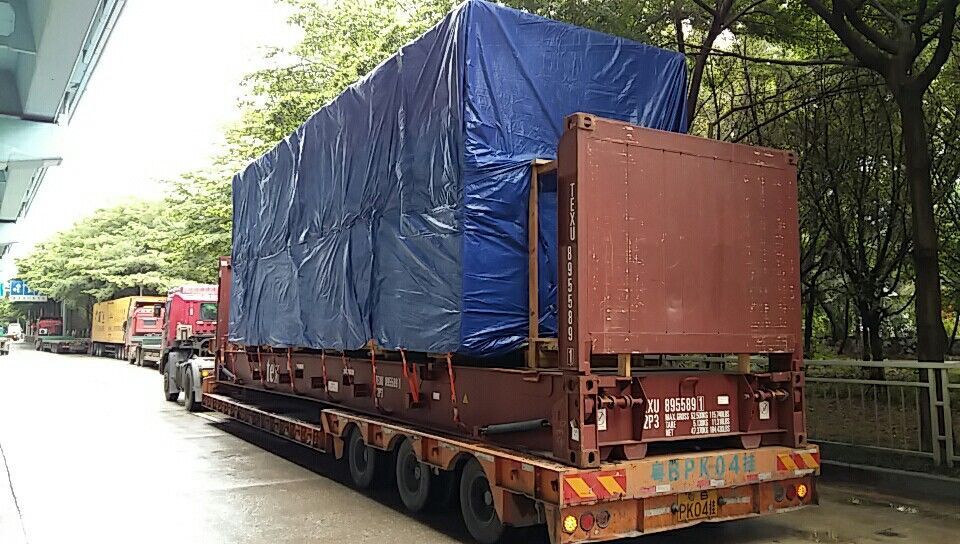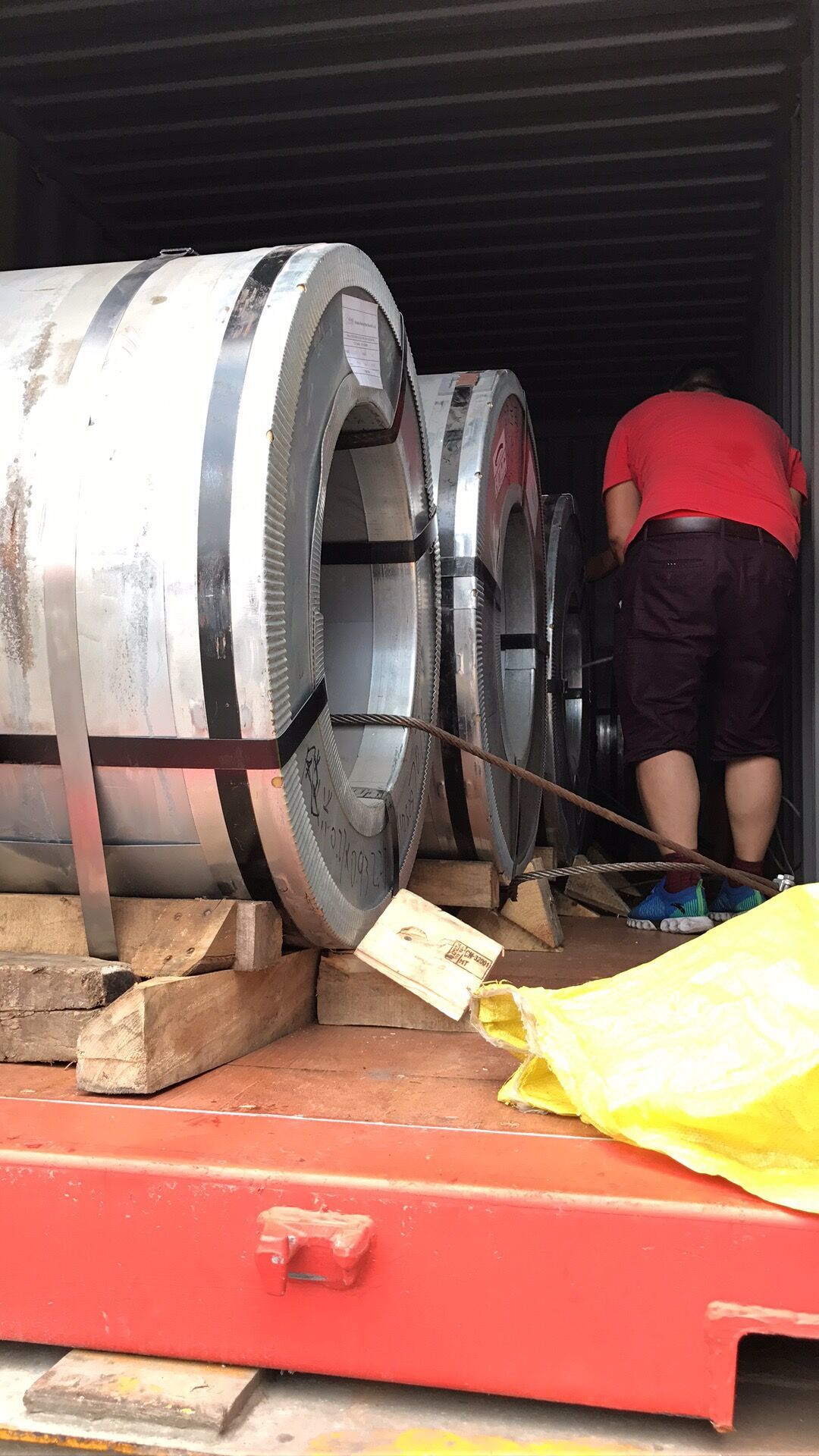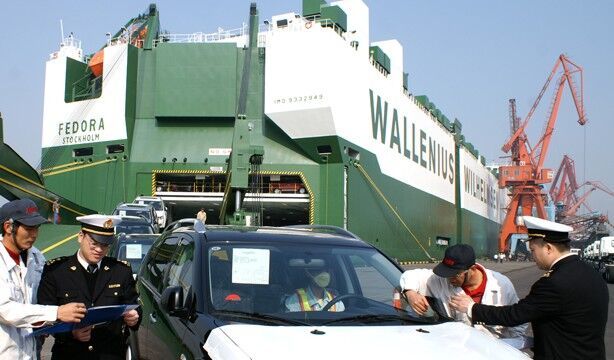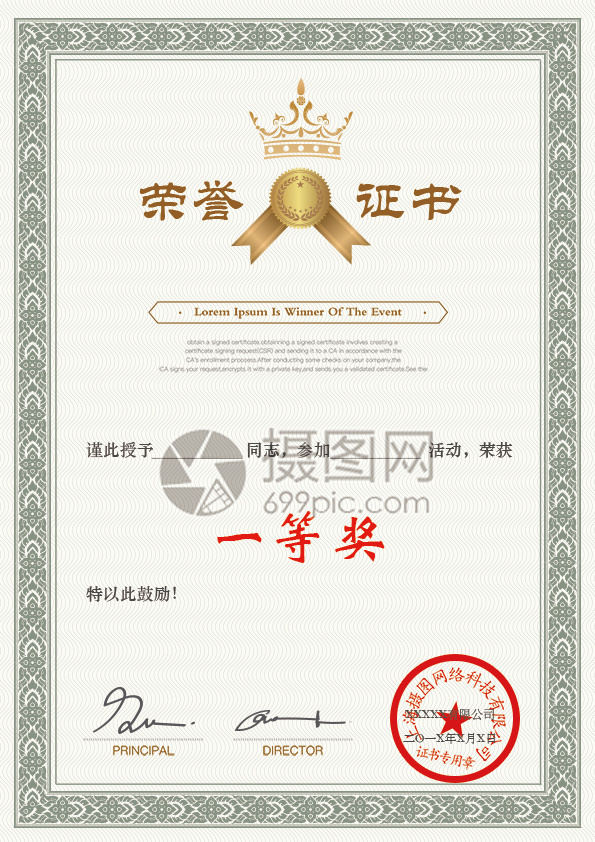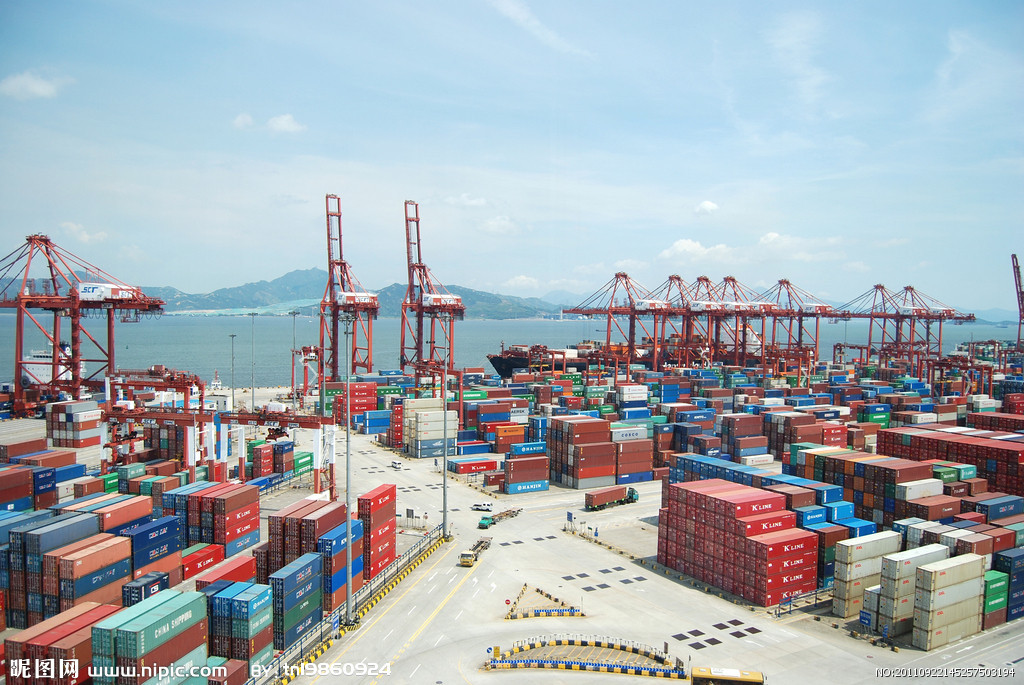Import process of red wine
Category:
Keywords:
- Product Description
-
Prerequisites:
1. Import and export rights are required.
2. Business scope in this area is required.
In addition to the necessary industrial and commercial, tax, and other procedures required for general business enterprises, Chinese companies engaged in the import of red wine business should also include wine business qualifications within the registered business scope, possessing import wine business licenses and health permits. It is also necessary to handle the following procedures with relevant departments: obtain the "Registration Form for Foreign Trade Operators" from the local commerce department; after registration, the company will have foreign trade qualifications.
Common wine varieties and categories:
Beer: Customs Code: 2203000000
Wine: Customs Code: 2204210000
Whisky: Customs Code: 2208300000
Vodka: Customs Code: 2208600000
3. Import tax on red wine
Current tax rates for imported bottled red wine (taxes levied are payable in RMB):
Customs Duty: 14% (Customs Duty: CIF × 14%);
Value-Added Tax: 17% (Value-Added Tax: (CIF + Customs Duty) × 17%);
Consumption Tax: 10% (Consumption Tax: [(CIF + Customs Duty) / (1~10%)] × 10%).
4. Required documents
1. Official Certificate of Origin (Chamber of Commerce of the producing country)
2. Official health certificate from the producing country (Health department of the producing country)
3. Manufacturer's ingredient list (Manufacturer)
4. Manufacturer's bottling date certificate (Manufacturer)
5. One copy of the original packaging label sample (Consignee)
6. Three copies of Chinese and English label samples (Consignee)
7. Official quarantine certificate from the producing country is required (Inspection and quarantine department of the producing country)
8. Other documents and materials required
5. Matters needing attention for imported wines
1. Pre-inspection document review, label review. If the label does not meet the standards, it will lead to multiple revisions of the label.
2. Customs declaration and inspection and quarantine. If the packaging label does not match the sample, the approved label will need to be revised.
3. Cargo sampling inspection, verification of cargo packaging labels. If the inspection results do not meet the standards, it will lead to the return of the goods.
4. Storage of goods within the jurisdiction. Before obtaining the inspection and quarantine health certificate, the goods must be stored in a warehouse within the jurisdiction of the inspection and quarantine and cannot be sold or used.
5. Affixing Chinese labels. After the goods enter the country, the enterprise arranges the affixing of Chinese labels on its own.
6. Inspection and quarantine re-inspection of labels. After affixing Chinese labels, arrange for the inspection and quarantine to check if the label affixing conforms to the standards. If the label is not affixed according to the label sample, it will lead to re-affixing.
7. Application for health certificate. A processing fee is required for the health certificate.
8. Label registration. Label registration is required for the first import. The same product does not need to be registered later, reducing the port work in items 1, 5, and 6. The label can be affixed to the product packaging by the manufacturer.
6. Accidents that easily occur during import and countermeasures
1. Label samples do not meet the requirements of the inspection and quarantine standards. Rectification.
2. Inspection results do not meet the standards. Handle the procedures for returning the goods, deleting the order and refunding taxes, or destroying them domestically.
3. Label affixing does not conform to the sample style. Rectification and re-affixing.
4. Customs declaration and external transfer pricing. Provide price information or valuation.
5. Goods are sold without a health certificate. Will be fined by the inspection and quarantine, and in serious cases, the business license will be revoked.
7. Processing time From the pre-inspection and quarantine document review to the application for the health certificate, it is normally expected to take 20-30 days.
Service Areas
Questions And Answers
What are the regular maintenance tasks for a website?
Regular website maintenance is crucial for ensuring website security, stable operation, and user experience. Maintenance includes updating website content, checking and repairing website links, backing up data, conducting regular security checks, patching vulnerabilities, and optimizing performance. These tasks help ensure the website's long-term effectiveness and provide a good user experience.
What are the differences between UI and UX in website design?
UI (User Interface) and UX (User Experience) are two important aspects of website design. UI focuses on the visual design, layout, and visual elements of a website, while UX focuses on the overall feeling and interactive experience of users on the website, including usability, navigation, and interaction. Good UI design usually enhances user UX experience.
What types of website hosting services are there?
Website hosting services can be divided into shared hosting, virtual private servers (VPS), dedicated servers, and cloud hosting. Shared hosting involves multiple websites sharing the resources of a single server. VPS is a virtual private server, a dedicated server is an exclusive server, and cloud hosting uses cloud services to provide hosting solutions. Each type has different characteristics and applicable scenarios.
What is the function of website traffic statistics tools?
Traffic statistics tools such as Google Analytics help analyze website traffic data, including visitor sources, traffic volume, and user behavior. By understanding this data, website owners can understand their audience, adjust website content and design, improve user experience, and increase conversion rates.
How to choose the right website building technology for yourself?
The choice of website construction technology depends on your personal technical level and website needs. If you are familiar with programming, you can choose to write your own code using HTML, CSS, and JavaScript. Alternatively, you can consider using existing frameworks or libraries, such as Bootstrap and React, to simplify the development process.
How do I start building my own website?
To build a website, you first need to choose a domain name, which is the website's address. Then, select a suitable hosting provider; the host stores the website's files and data. Next, write the website code or design the pages, and finally upload the website files to the server. In this way, the website can be accessed and browsed on the internet.
Certificate Of Honor
About Us
Force to build a large logistics service provider to solve various logistics problems for cargo owners.
Contact Us
A large logistics service provider for cargo owners to solve various logistics solutions!






